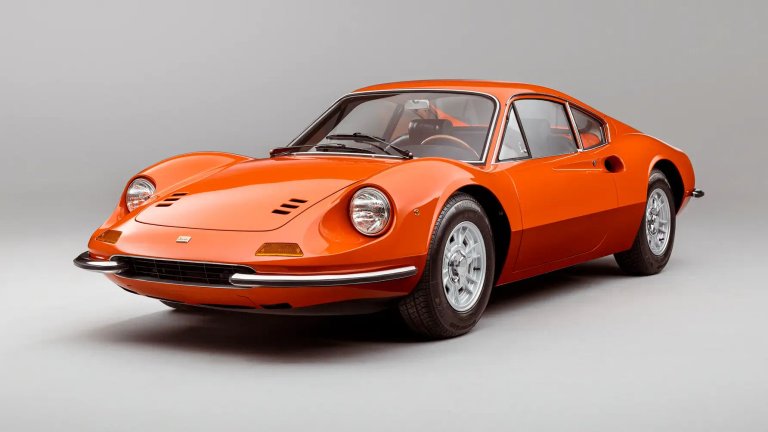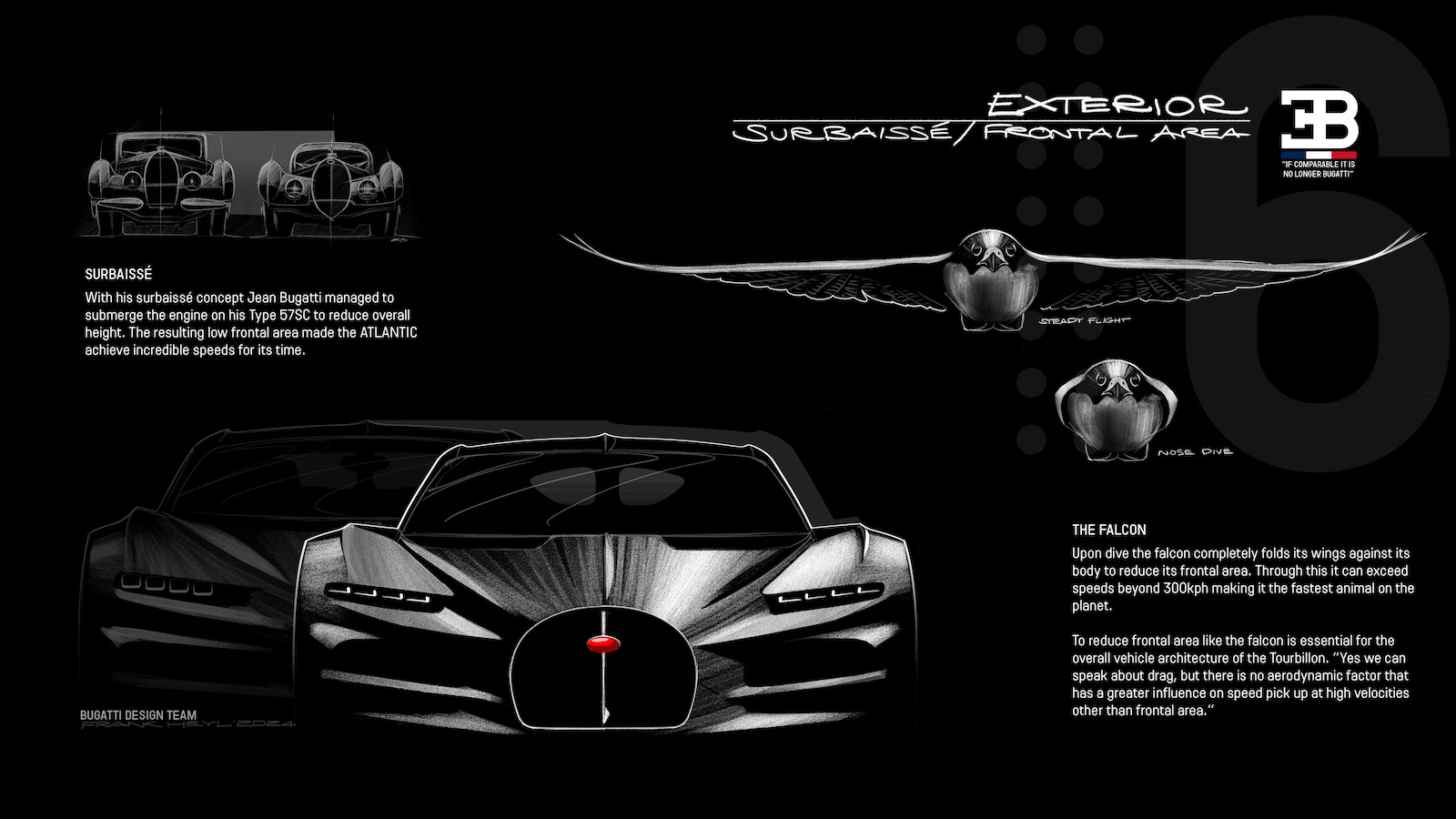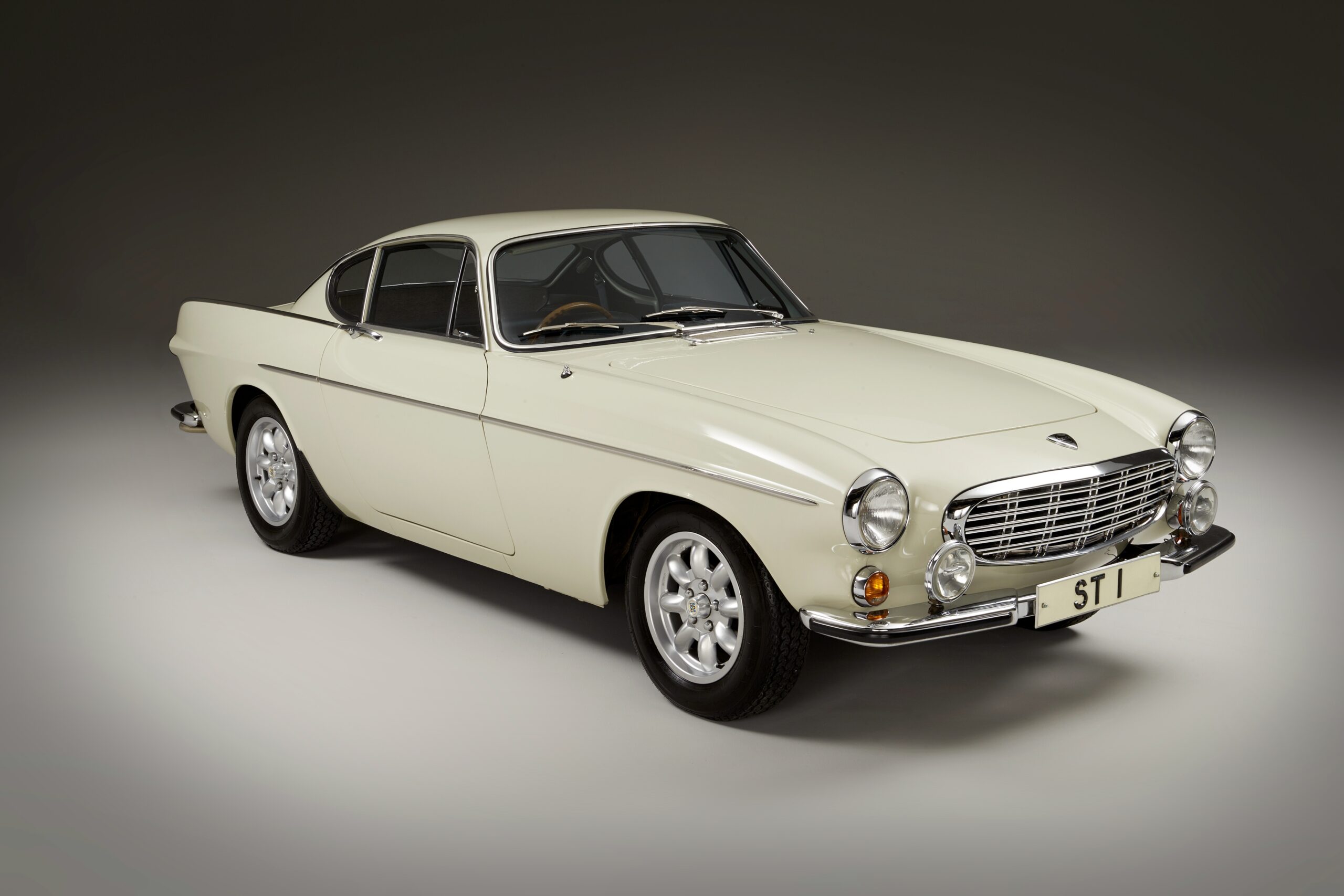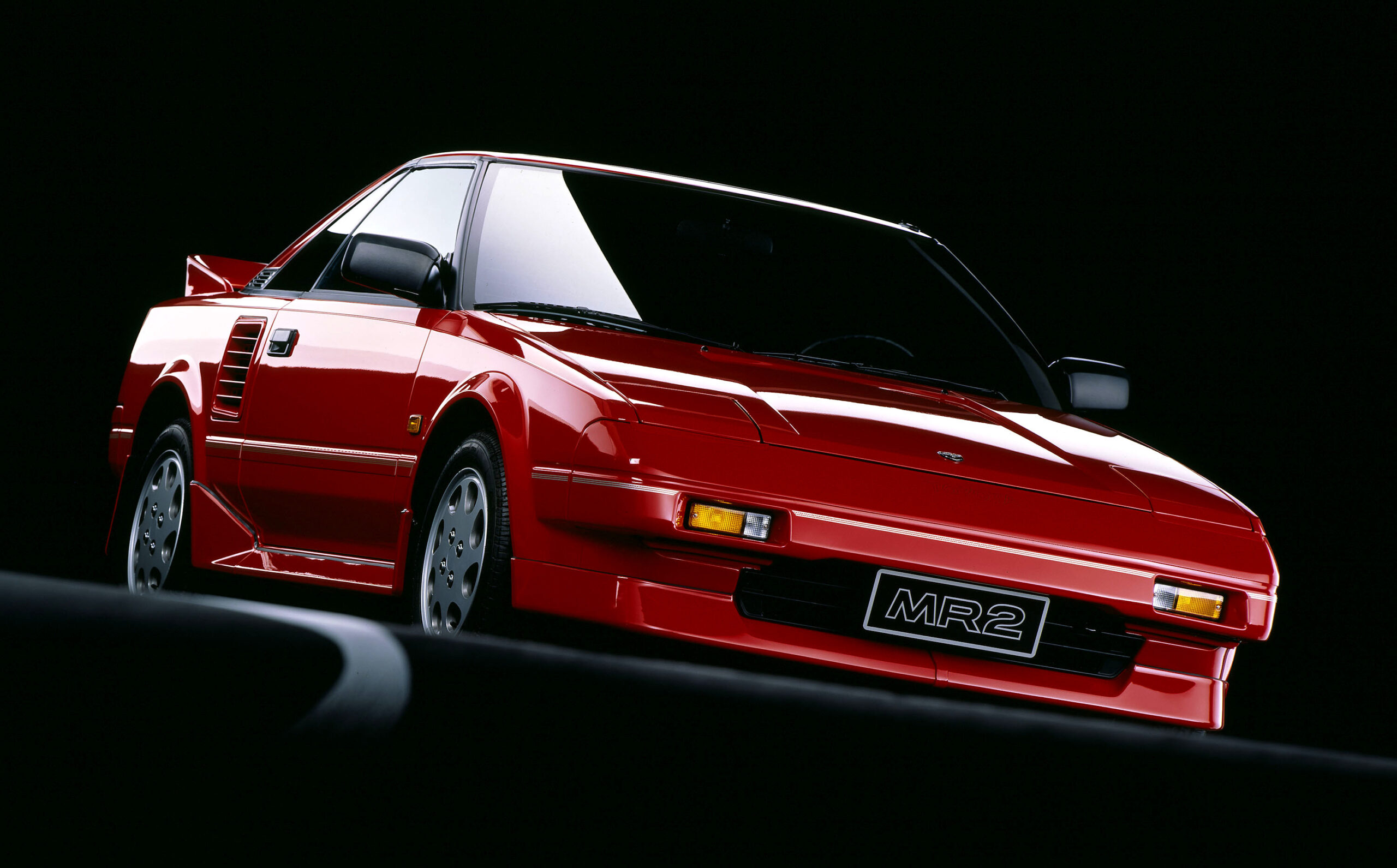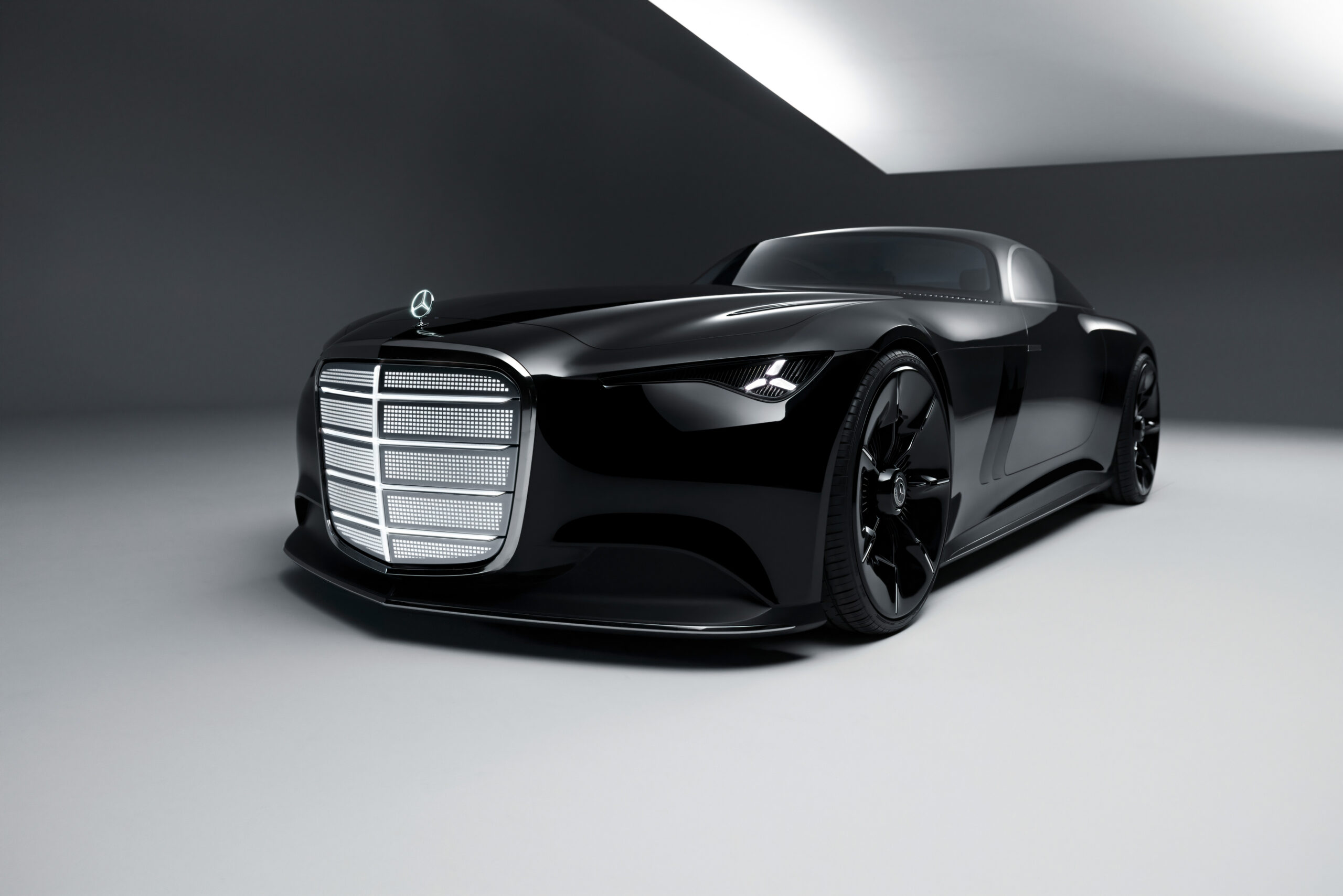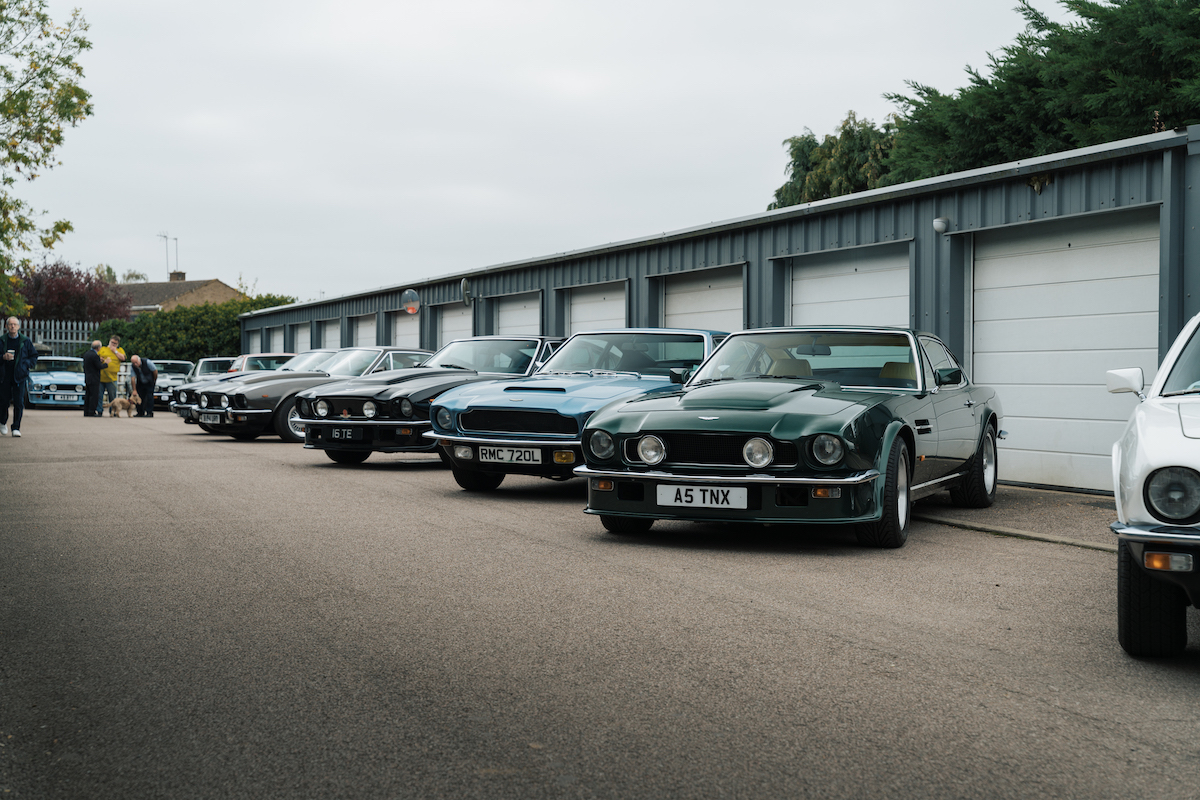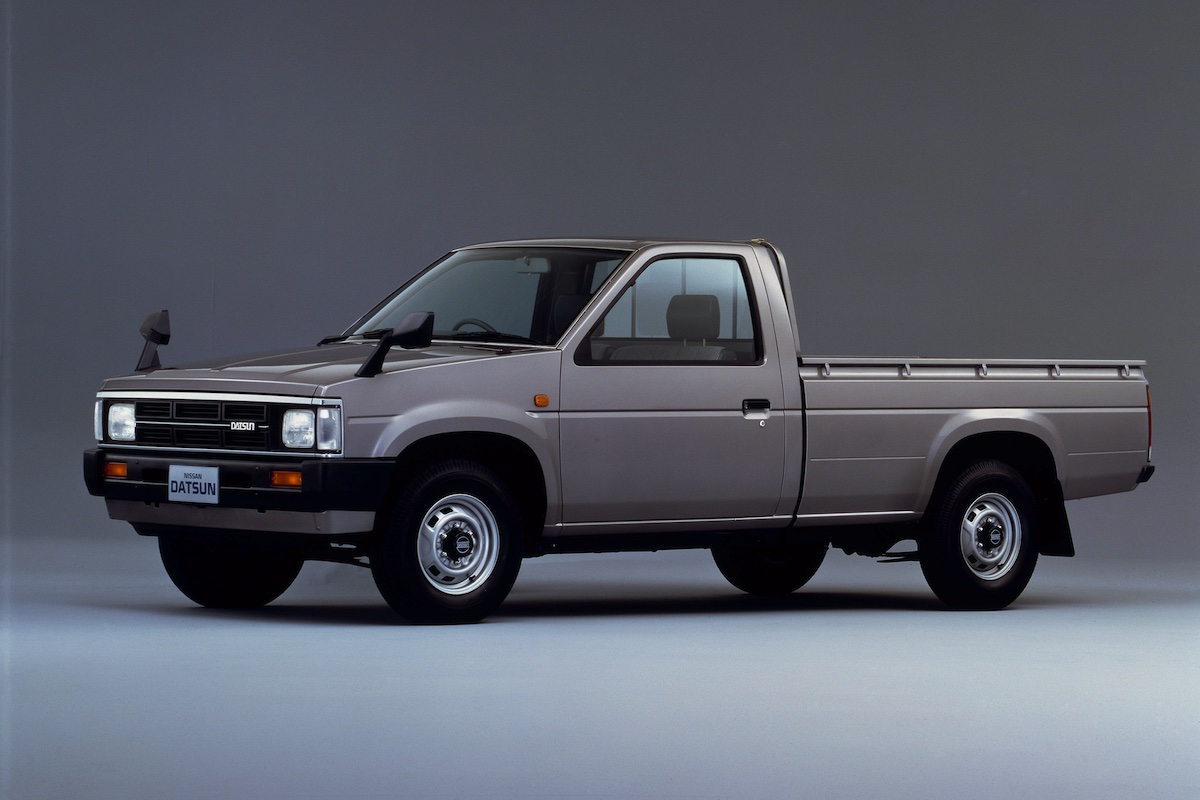What makes a piece of art a masterpiece, a song a hit or a performance memorable? All of these require widespread awareness and shared opinion, factors that can also see your special vehicle deemed a ‘classic.’
If you own an interesting model, or have in the past, you will have views on its desirability. If an independent source of automotive information, like a magazine writer, website commentator or consumer information bureau expresses an opinion, that will carry some weight as well.
However, not until large numbers of people start rating cars like yours as significant will classic status begin to emerge.
Mere survival does not make a car significant. Antiquity plays a role, but vehicles that are relatively new can be considered classic, while a lot of older models have already disappeared into the crusher.
To be considered classic, a vehicle doesn’t need to exude perfection. It does need to appeal for a range of reasons and sustain its popularity among ensuing generations of automotive enthusiasts.
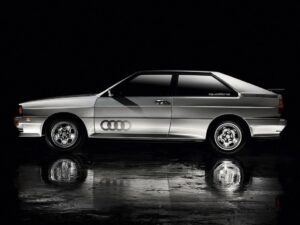
Image: wheelsage.org
Why Classic Car Design and Engineering is Key
A vehicle that breaks new ground with its style, performance or engineering can carve a path to classic status. Henry Ford’s Model T achieved acknowledgement early in life, as did his V8 in the Ford Model 18, likewise the BMC Mini and Volkswagen Beetle.
Innovation during the first 50 years of the Automotive Age moved slowly, before gaining pace and complexity during the 1950s and ‘60s. It’s not surprising, therefore, that many of the models we regard as classics today have come from this era.
Cars built during the 1950s when tailfins were the rage have seen their popularity surge. So have sporty models that followed in the tyre tracks of Jaguar’s stylish E-Type.
Twin camshaft engines from Italian or British manufacturers attract strong followings but are less popular when fitted to a car of Japanese origin.
Other innovations took time to be recognised as significant and for models with them to be deemed classic. Porsche wasn’t the first major brand to turbocharge a flat-six engine, nor did Audi break new ground with its all-wheel drive performance coupe. However, the 911 Turbo and Audi Quattro attract greater followings today than do the Chevrolet Corvair or Jensen Interceptor FF.
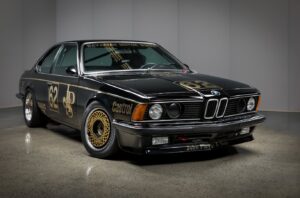
Image: V8 Slueth
Why a Classic Car’s Competition Pedigree is Important
In Australia, any models that won the annual Mount Panorama enduro at Bathurst under pre-1993 regulations are likely to achieve instant ‘classic’ status. Even models that were in the hunt but never made the top step of the podium – Mazda RX-7, BMW 635 and M3, and the Chrysler Valiant Charger to name a few have scored a ticket to desirability.
Comparative performance will be a factor, but so is usability of that performance on-road. The length of time a car was raced doesn’t matter all that much, so long as it delivered results.
Cars that did well in diverse competition environments such as circuit racing and rally can be virtually guaranteed classic status. Think Holden Torana XU-1, Mini Cooper S, Porsche 911 and Datsun 240Z.
Internationally, the links between classic status and motor sporting achievement date back more than a Century and encompass an abundance of events.
The reason that collectors pay millions for 1920s Bentleys and Bugattis, 1950s Jaguars and 1960s Ferraris relates directly to their success at one event: the Le Mans 24 Hour race.
Big money has likewise been paid for Minis, Ford Escorts, Lancias and Audis that were superstars of international rallying. Nor can we forget the Pontiac GTOs, Hemi ‘Cudas and Fairlane Thunderbolts that created indelible memories on drag strips across the USA.
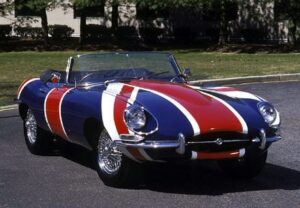
Image: Supplied
How Classic Cars have Influenced Popular Culture
Classics are the models that will have made a lasting difference to the world around them. The car may have changed buyer attitudes towards its entire brand or contributed a catchy advertising campaign remembered for years after the model had disappeared.
Ford’s Mustang was responsible for massive change in the world’s biggest car market. No longer were ‘compact’ cars viewed with derision and it led to other brands scrambling to produce contenders for a new genre known as the ‘Pony Car.’
Mid-1950s Chevrolets have earned ‘classic’ status because these were the models often owned as first cars by millions of American teens that are part of the Baby Boomer generation. Years later, when those people went looking for a vehicle familiar from their youth, it would often be a 1955-57 Chevrolet.
Cars that make their way onto the bedroom walls of impressionable youth are destined for future fame. Those who became car aware during the 1960s might have pinned up posters of the Jaguar E-Type, Mini Cooper S or Lamborghini Miura. Those whose memories track back only to the 1990s more likely saw inspiration in Subaru’s all-wheel drive turbo terror the WRX, BMW’s finely-honed M3 or the awesome Ferrari Enzo.
Early Holdens provide good examples of ‘zero-to-hero’ status, where expressions of popular culture can influence the fate of unremarkable vehicles.
Local films such as 1977s ‘FJ Holden’ and music like Bob Hudson’s comedic 1975 hit ‘The Newcastle Song,’ in which local lad Norm and his mates head out to pick up girls in their “hot FJ” helped stimulate demand for pre-1960s Holdens. FJ models that had been selling for $200-300 suddenly became desirable and a decade later were worth several thousand.
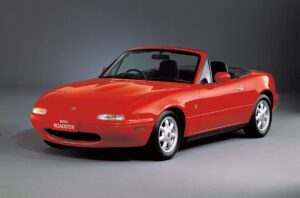
Image: Mazda
Why Early Affordability is Often Key to Classic Car Status
Cars that become classics will, at some point in their lives, have been cheap enough to be bought by ordinary enthusiasts.
Back in the 1960s and perhaps ‘70s it was possible to amass a collection of interesting models that would collectively cost less than the house under which they likely were stored.
Today, even though that house is worth a million dollars the cars will likely have appreciated even faster, and may now be individually or collectively worth considerably more than the three-bed brick-veneer.
No one can predict which models in today’s used car market will swell in value, and looking at brands and badges that have done well previously might not necessarily be much help.
People who 20 years ago bought early Holden Monaros with some Bathurst 500 kudos in their DNA will have enjoyed the financial benefits of blossoming classic car status.
Those who bought a new Monaro CV8 at the same time will still likely be struggling to recoup the original invoice price and will likely wait several more decades to do so.
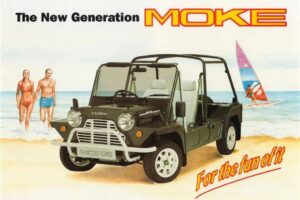
Image: Mini
How Cars Built for Fun Can Become Classics
Sometimes a motor vehicle created on a whim or to serve a marketing role will become a star performer in the classic market.
Chevrolet’s Corvette began life as a low-volume evaluation exercise and has managed to survive for more than 70 years. Although the early ‘Vettes’ with six-cylinder engines and automatic transmission were truly awful machines, they are scarce and coveted now.
Another unlikely classic is the Mini Moke. After starting its journey as a lightweight military vehicle, the Moke went on to be built in Australia and Portugal for fun and agricultural uses.
The last ones were built by Cagiva in Italy and some remain in tourist resorts across the world. Specialists in Australia are still finding survivors for restoration, and resale prices are now some 20 times their original cost.
Be wary of contrived collectibles like ‘Kei’ class cars from Japan. These downsized sports cars and sedans, such as the Daihatsu Copen or Suzuki Cappuccino, appeal to a limited market and may struggle to sustain values.
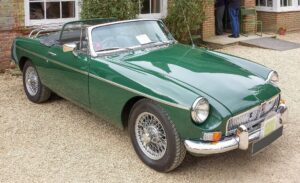
Image: wikipedia
How Market Factors Impact Classic Car Status
Movement in the market for specialist vehicles won’t create a lot of new classics but can diminish the appeal of those that already exist.
Few models will enjoy uninterrupted gains over several decades. Even blue-chip exotics can experience peaks and troughs, although values over time should increase.
Models that reached their peak some time ago and then experienced static or declining values are at risk of losing their status as classic models. Once that happens, the chance of a revival is limited and surviving cars can be scrapped.
External factors have and continue to influence demand for classic vehicles in various parts of the world.
Areas of Europe and Britain suffer with very high fuel prices and some impose punitive taxes on older vehicles.
Models which cannot comply with recent emission standards are also being banned from city centres, affecting their appeal to buyers who live in those places and their classic status.
Parts availability and practicality play a role as well, with models that can’t be easily maintained likely to fall from favour. Maintaining and regularly using a classic is the best strategy for ensuring it survives to see yet another Century.
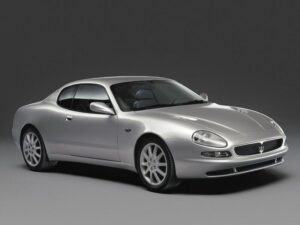
Image: Wheelsage.org
Why Classic Cars Aren’t Always Gilt-Edged Investments
Buying vehicles with the intention of making money is about as dangerous a game as you can play. As the television ads for superannuation say, “Past performance is no guarantee of future returns,” and no classic vehicle is guaranteed to make money. Not in the short-term, anyway.
People who wander cluelessly into classic vehicle ownership can often make money, while those who carefully plan their strategy can lose spectacularly. Don’t spend more on a car than you can afford to lose and be prepared to own it for several years if the market suddenly goes into reverse.
Then there are the costs.
If you borrow money, even at relatively low rates of interest, the interest costs need to come off any potential gains. Even if you use money sitting in a bank account, that cash will no longer be accessible if a crisis arises.
The vehicle also needs to be housed securely, so the theft risk is minimised and damage due to damp, vermin or excessive heat doesn’t generate repair costs.
Even if it is unregistered and rarely driven, your classic needs to be insured. If it is registered, even under a limited use scheme, you need to pay the annual registration fee and membership of an enthusiast motor club.
Your classic also needs regular maintenance to maintain its value, even if it moves hardly at all. Old oil will turn to sludge, old seals will leak and a leaking fuel hose can cause a fire. Even tyres with plenty of tread will deteriorate with age and need replacement every 8-10 years.
Unlike shares, bonds and other collectibles which can be sold in small lots, cashing in your automotive investment requires selling the entire car.
Timing your sale to maximise return is critical, and there are inevitably other costs including advertising or auction fees, cleaning and transport.
If you’re overly ambitious when setting a sale price or auction reserve, the vehicle might take so long to sell that the market will change. However, if you don’t ask enough and buyers are queueing at your door, somebody else is going to benefit from your benevolence.
We recommend keeping an eye on Retro Rides valuation reports to have a clearer picture of the current market value of any given classic.

